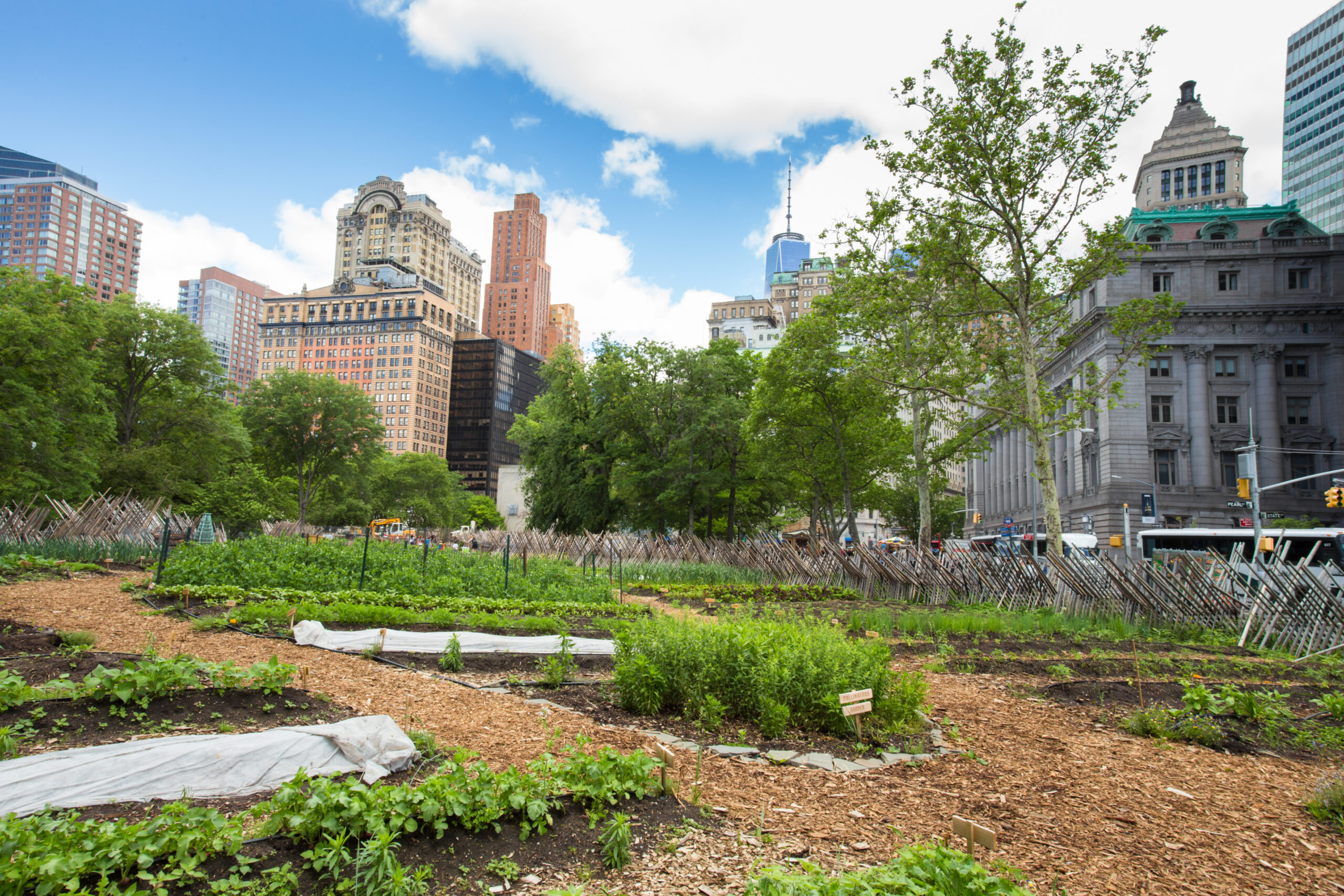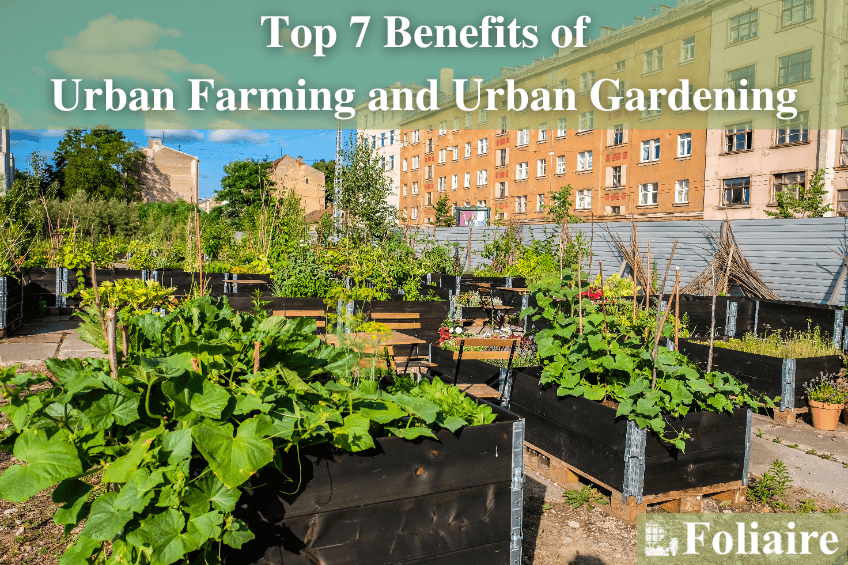Excitement About City Blooming
Excitement About City Blooming
Blog Article
Rumored Buzz on City Blooming
Table of ContentsThe Ultimate Guide To City BloomingEverything about City BloomingThe Best Strategy To Use For City BloomingThe Only Guide for City BloomingThe Only Guide to City Blooming
Interested in expanding food for sale in the City of Chicago? Below is a list of regularly asked concerns relating to the rules and policies that farmers must think about when planning a metropolitan agriculture job.
The zoning modification does not customize any kind of other codes taking care of composting, building authorizations, purchasing or leasing City had home, organization licenses or ecological contamination. There are existing codes that regulate these problems and they stay completely effect and may apply to your job. Neighborhood yards are usually possessed or handled by public entities, civic organizations or community-based organizations and kept by volunteers.
Urban ranches grow food that is planned to be marketed, either on a nonprofit or for-profit basis. Because of their business objective, metropolitan ranches require an organization permit. Yes. An area yard is allowed to offer excess generate that was expanded on website if the sales are accessory or subordinate to the garden's main objective defined above.
An Unbiased View of City Blooming
Composting is permitted yet just for plant material that is created and made use of on website. The quantity of garden compost material can not exceed 25 cubic backyards at any kind of provided time according to the criteria in 7-28-715 of the City's Municipal Code. Yes. Since the soil at many new yard websites requires modifying, compost, dirt, wood chips, or various other products can be gotten to create or enhance the growing room - home and garden.

If a building permit is called for then the hoophouse will certainly be taken into consideration an accessory building. You can locate out more concerning the structure license requirements by getting in touch with the Division of Structures. The 25,000-square-foot size restriction is intended to avoid a solitary area garden from controling an offered block or diminishing the block's existing domestic or industrial personality.
The limitation does not put on yards located in Public Open Area (POS) districts. Can there be greater than one community garden that is 25,000 square feet on a solitary block? Yes. The dimension limitation relates to specific yards, not to individual blocks. No. Secure fencing is not required, nevertheless, yards that have big vehicle parking areas might be required to install fence or various other landscape design features.
The 20-Second Trick For City Blooming
B1 & B2 areas call for that all business use activities be conducted inside. Is secure fencing required for metropolitan farms? Fencings may be required, along with landscape design and screening, for specific car parking locations and outdoor job or storage space areas depending on place and the specific task taking area.
Urban farms need structure licenses and zoning approvals prior to building (container and raised bed gardening etc.). Various other forms of city review might be needed depending on details frameworks, activities, dimension, landscape design, licensing, public health and stormwater monitoring concerns.
The Division of Company YOURURL.com Affairs and Consumer Protection can aid determine the details kind of service license that's called for. Off street car park is required for the majority of business tasks in Chicago. The called for number of car parking spaces is based on the number of employees functioning on site and not the square footage of the expanding area.
City Blooming - Questions

A city ranch can market garden compost material generated on site, however, the procedure should abide with the policies in 7-28-715 of the Chicago Municipal Code. Aquaponic systems are enabled inside on metropolitan farms in numerous zoning districts.
Up to 5 hives or swarms of honey might be kept as an accessory usage. Beekeepers need to sign up with the Illinois Department of Farming. For additional information about the proposed zoning modification you might speak to the Division of Real Estate and Economic Growth, Bureau of Preparation and Zoning at 312.744.8563.
Farming in cities and metropolitan areas An urban ranch in Chicago. Urban farming describes different techniques of cultivating. https://www.awwwards.com/cityblooming/, handling, and dispersing food in city locations. The term also uses to the location activities of animal husbandry, aquaculture, beekeeping, and horticulture in a metropolitan context. Urban agriculture is differentiated from peri-urban agriculture, which happens in backwoods at the side of suburbs.
City Blooming Things To Know Before You Get This
It can entail an activity of organic farmers, "foodies" and "locavores", that seek to create social media networks based on a common principles of nature and neighborhood holism. These networks can develop by means of formal institutional support, becoming incorporated right into local community planning as a "change community" activity for sustainable city development.
The extra direct access to fresh veggie, fruit, and meat products that may be understood with urban agriculture can enhance food safety and food safety while reducing food miles, resulting in reduced greenhouse gas discharges, consequently adding to climate modification reduction. Several of the first evidence of city agriculture comes from Mesopotamia.
Report this page